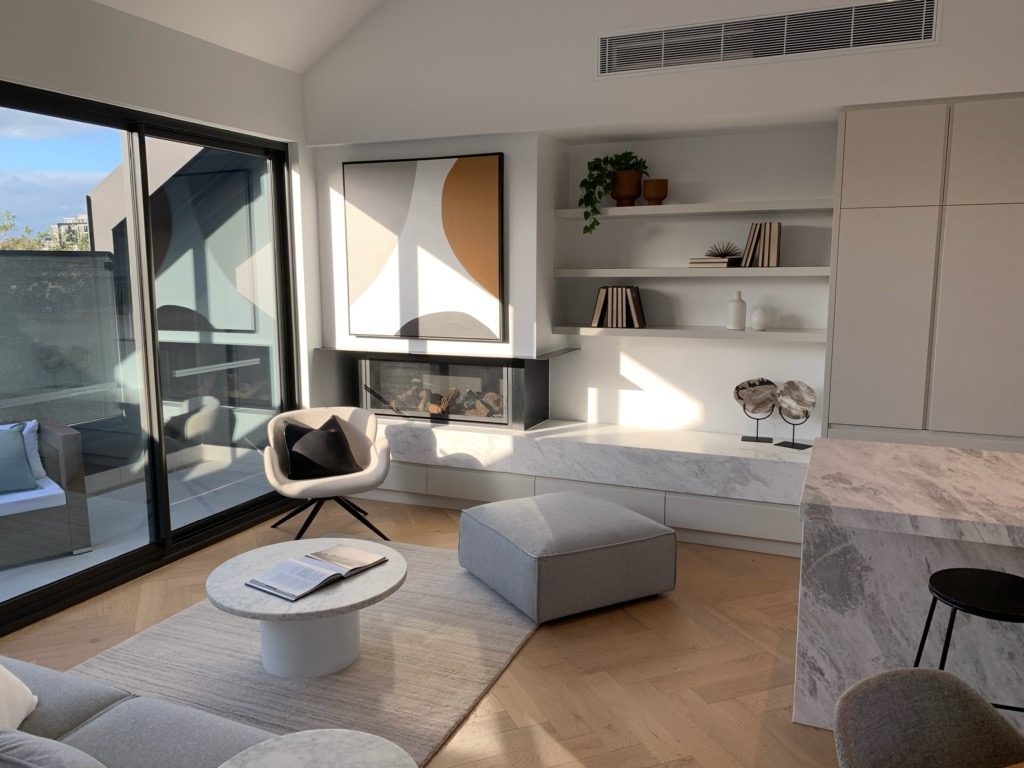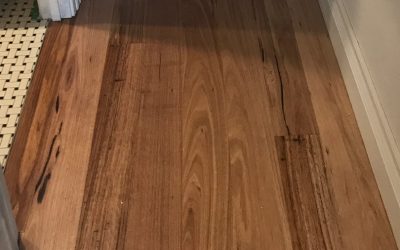The Pros and Cons of Timber Flooring in Different Rooms of the House
Timber flooring brings warmth and sophistication to a home. Its timeless appeal can elevate the ambience of any room, but its functionality can vary depending on where it’s installed. Here’s a practical look at the ups and downs of timber flooring in different rooms to help you decide where this stylish option fits best.
Living Room: The Heart of the Home
The living room is often the centrepiece of a house—where friends gather, movie nights happen, and life unfolds. Timber flooring in this space can create an inviting, cozy vibe. Oak engineered timber flooring, in particular, offers a balanced blend of style and durability, making it a popular choice for busy households.
Pros:
- Elegant Aesthetics: Timber adds a natural, classic charm that elevates the look of any living room. It’s like a stylish suit for your floors.
- Comfort Underfoot: Unlike cold tiles, timber feels warm and pleasant, especially on chilly days.
- Longevity: Timber can withstand years of foot traffic if well-maintained, meaning your living room can stay stylish without frequent replacements.
Cons:
- Maintenance: Timber floors in high-traffic areas require regular cleaning and occasional polishing. If you’re looking to avoid dusting and mopping often, timber might be a touch high-maintenance.
- Vulnerability to Scratches: The living room can see a lot of activity, from moving furniture to kids playing. Timber can scratch, and this might show more over time.
Kitchen: The Hub of Hustle
The kitchen is where spills and splashes are inevitable, so timber flooring here is a bit of a mixed bag. While timber can create a warm and inviting kitchen, it also requires a bit more care.
Pros:
- Aesthetic Appeal: Timber can bring a lovely, rustic warmth to kitchens, balancing out the steel and stone often found in these spaces.
- Softness Underfoot: Compared to tiles, timber flooring is more forgiving on the feet—great for long cooking sessions.
- Temperature Control: Timber doesn’t get as cold as tile, making it more comfortable to walk on in the morning.
Cons:
- Water Damage Risk: Timber can warp when exposed to excess moisture. Spills need to be cleaned up fast to avoid lasting marks.
- Dents and Scratches: Heavy pots, pans, and other kitchen essentials can cause dents or scratches, which may be tricky to repair.
Bedroom: A Sanctuary of Serenity
Bedrooms are spaces where comfort is king, and timber flooring can contribute to a calm, cozy atmosphere. Timber brings an organic feel to the bedroom, enhancing the sense of relaxation and peace.
Pros:
- Warm Aesthetics: Timber adds natural warmth that complements most bedroom decor styles. The natural grain gives off a tranquil vibe.
- Healthy Environment: Timber doesn’t harbour dust and allergens like carpets do, which can improve indoor air quality—perfect for a good night’s sleep.
- Easy to Maintain: Unlike carpets, timber requires just a quick sweep or mop. It’s fuss-free, making it ideal for low-traffic spaces like bedrooms.
Cons:
- Noise Amplification: Timber flooring can amplify noise, making creaks or footsteps more noticeable. Adding a rug can help absorb some of the sound.
- Temperature Sensitivity: Timber can get chilly in colder months, so you might need a nice pair of slippers nearby to avoid a cold shock in the morning.
Bathroom: Not Quite the Perfect Fit
Bathrooms and timber flooring are not often recommended partners due to moisture risks. Even the most durable oak engineered timber flooring struggles to resist bathroom humidity, making it a challenging choice.
Pros:
- Luxurious Look: If you love a spa-like feel, timber can certainly provide that, offering an organic, upscale vibe.
- Warm Feel: Timber is warmer than tiles underfoot, which can make stepping out of the shower a more pleasant experience.
Cons:
- High Water Damage Potential: Timber and water aren’t friends. Moisture can cause timber to warp, swell, or even rot, making it less suitable for high-humidity areas.
- Regular Maintenance: Timber in a bathroom would require special treatments and frequent sealing to prevent water damage, making it a costly choice in the long run.
Dining Room: Where Elegance Meets Everyday
Timber flooring in a dining room can enhance the overall look and feel, making the space feel both elegant and welcoming. Plus, it’s usually an area with medium traffic, striking a good balance for timber flooring. Many residents prefer timber flooring in Melbourne dining rooms for it’s striking features.
Pros:
- Stain Resistance: Timber doesn’t stain easily if spills are cleaned up quickly—ideal for dining spaces where food and drinks are a regular feature.
- Easy Cleanup: A quick sweep or mop is usually enough to keep timber floors in the dining room looking sharp.
- Seamless Look: Extending timber flooring from the living room into the dining area can create a seamless flow, enhancing the sense of space.
Cons:
- Prone to Scratches: Moving dining chairs can scratch the surface of the timber, so felt pads or a rug might be needed to protect it.
- Sunlight Fading: If your dining area gets a lot of natural light, timber can fade over time. Rotating rugs or applying UV protection can help maintain its look.
Home Office: Focus and Functionality
In a home office, timber flooring can bring an air of sophistication, creating a productive yet stylish environment. It’s the right mix of professional and cozy.
Pros:
- Professional Look: Timber flooring adds a touch of elegance that enhances a productive vibe—perfect for a workspace.
- Comfortable and Quiet: Timber is softer underfoot than tile or concrete, making it ideal if you’re sitting or standing for long periods.
- Allergen-Free: Timber flooring doesn’t trap allergens, creating a cleaner environment that can be helpful for focus.
Cons:
- Scratch Susceptibility: Rolling office chairs can scratch timber floors. Adding a chair mat is an easy fix.
- Sound Issues: Timber floors can echo, which may be distracting during video calls or if multiple people are working nearby.
Conclusion: Weighing Up Timber Flooring for Your Home
Deciding on timber flooring for your home involves balancing aesthetics, practicality, and maintenance needs. For Melbourne residents, timber flooring in Melbourne can suit living rooms, dining spaces, and bedrooms wonderfully, adding an earthy warmth and timeless beauty. However, in high-moisture or heavy-traffic areas like bathrooms and kitchens, timber may need extra care or alternative solutions. Evaluate each room’s needs and decide where timber will make the most sense for your home. With thoughtful placement, timber can be both a style statement and a long-lasting flooring choice.


